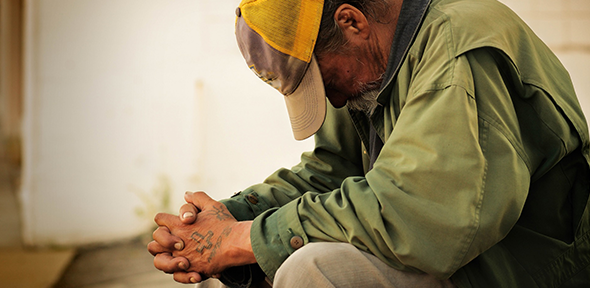
By Dr Barbara Castelnuovo and Dr Louise Lafortune
April 2023
The United Nations declared the period 2021-2030 as the “decade of healthy aging”, promoting initiatives to ensure a good quality of life, functionality and independence in elderly people. Health-related quality of life is how an individual perceives physical emotional and mental health, and social functioning. People who are independent and functional also tend to experience a better quality of life.
Frailty in persons living with HIV (PLWH) is an under researched topic that requires urgent attention since PLWH are now surviving longer. Many are predicted to achieve a normal life expectancy, even in settings like sub-Saharan Africa, thanks to advances in antiretroviral therapy, more effective and tolerable drugs.
Yet older people living with HIV often face medical problems with aging rather than HIV-related diseases. These conditions often start earlier in life and have a faster course as PLWH’s immune systems are constantly “turned on” trying to get rid of the virus. This can lead to premature and accelerated aging.
To date PLWH programs have focused on achieving the UNAIDS 90 90 90 targets:
- 90% of people living with HIV knowing their HIV status
- 90% accessing antiretroviral treatment
- 90% of people on treatment having suppressed viral loads (a low level of HIV in the blood).
There is now a global advocacy to go beyond viral suppression towards a good health-related quality of life (addressing physical, emotional and mental health plus social functioning), what some people call the “fourth 90 target”.
What is frailty?
Frailty is the result of decreasing reserves and functions associated with aging. Frail older individual are less able to cope with everyday stressors or acute stressor like trauma and more vulnerable to negative health outcomes like hospitalisation. Frail people often experience unintentional weight loss, muscle loss, weakness, fatigue, and low levels of physical activity. In PLWH, frailty seems to appear at younger age and progresses more rapidly.
Why is it important to address frailty in people aging with HIV?
For affected individuals and their families, frailty decreases the quality of life, their independence, and poses a risk of adverse health outcomes (falls, hospitalisation, disability, death). For the health care system, it is important to identify those who need priority medical care and promote prevention programs and, on a wider societal level, to promote independency and productivity.
How to address frailty
HIV programs should integrate assessment of frailty in PLWH. The best model for integrating this has proved elusive – in some settings HIV specialists have trained in geriatric care, in others, geriatricians operate regular HIV-aging services, in more constrained settings, specialised nurses conduct frailty assessments.
While there are no easy pharmaceutical interventions for frailty, some lifestyle interventions - remaining physically active (walking at least 30 minutes a day), maintaining a healthy diet, staying socially connected and avoiding isolation - can help prevent, delay or reverse frailty.
Conclusion
There are many opportunities to mitigate risks of functional decline in the PLWH population. Although there is evidence of effective frailty interventions in high-income countries, there is a bracing need to determine what works in low and mid income contexts. On-the-ground development is necessary to design tailored interventions that make the most of local assets and ensure sustainability and social value.
Groups at Cambridge Public Health in the UK and the Infectious Diseases Institute in Uganda are developing collaborations to address this need by exploring the development of a training intervention for health care to deliver individually customized support in the community to delay, slow down or reverse frailty in older PLWH.

